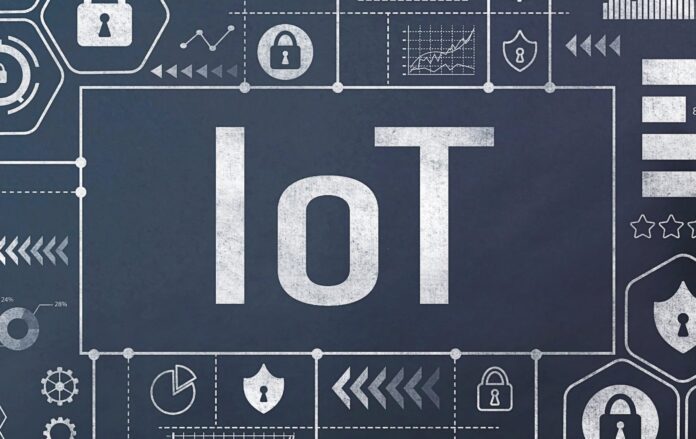Earlier this month, Kore announced that it entered the Ericsson IoT Accelerator ecosystem, allowing enterprises to seamlessly expand their IoT business into the U.S. market, while maintaining a single view to manage and monitor all globally deployed assets.
At Mobile World Congress Las Vegas, Kore’s President and CEO Romil Bahl and Ericsson’s General Manager of IoT Kyle Okamoto explained to Enterprise IoT Insights that Ericsson’s global enterprise customers lost the ability to operate IoT applications in the U.S. when Ericsson offboarded its Curiosity IoT platform, which was developed with Sprint, following the carrier’s merger with T-Mobile.
“We did have U.S. presence with Sprint,” Okamoto confirmed, adding that since the offboarding late last year, there has been a lot of “pent-up demand” because nearly every global enterprise needs access to the U.S. market.
Bahl agreed: “Classic enterprise[s] headquartered somewhere else in the market … all want to target the U.S. market.” But, prior to this partnership, these enterprises would need to establish contracts will all three major carriers. “That’s [several] months of carrier contract negotiations, three different platforms [and] three bills,” stated Bahl.
Further, if you’re a company that ships IoT products to say, 50 countries, you’re talking about more than 100 carrier contracts. That’s a major headache and worse, an unnecessary distraction from the enterprise’s main business. As Okamoto put it, these companies should be focusing on growing their IoT business, not on the long, arduous process of establishing connectivity in every market it wants to reach.
A focus on simplicity
According to Okamoto, Kore and Ericsson share a common vision built on no carrier lock in, ubiquitous coverage and most importantly, simplification.
Describing how global IoT deployment has been handled in the past, Bahl revealed that there was a lot of early enterprise resistance to IoT technology because the industry had “made it really hard for customers to adopt IoT” due to the complexity of doing so. In fact, Okamoto shared that 75 to 80% of all proof-of-concept trials around IoT fail because of complexity.
However, Bahl said that now, the ecosystem is working to break down that complexity, and the partnership between Kore and Ericsson is part of that larger effort. Customers already using the Ericsson IoT Accelerator platform can now operate in the U.S. with one contract, one bill and one number to call for support.
“Simplifying connectivity partnerships is what we do,” said Bahl. “But in a funny kind of way, in this case, the simplification isn’t necessarily of our platform; it’s by allowing that customer that’s already using the Ericsson IoT platform to just continue to use it but come through the U.S. Now we’re really making it seamless.”
The decade of IoT: ‘It takes a village’
The simplification of IoT asset deployment and management is part of a larger ecosystem transformation that Bahl thinks will usher in what he called “the decade of IoT,” which he believes will take place from 2020 to 2030. “We think there will be 75 billion IoT devices connected in 2030. We think that is realistic and doable,” he claimed.
Other contributing factors to this predicted boom in IoT adoption, according to Bahl, include a decrease in IoT prices, improved security efforts, emerging technologies like 5G and edge computing and advances made by hyperscalers regarding IoT data analytics services. “All of these things [come] together to give us the opportunity to orchestrate [an] IoT ecosystem for our customers,” he said. “It does take a village.”

